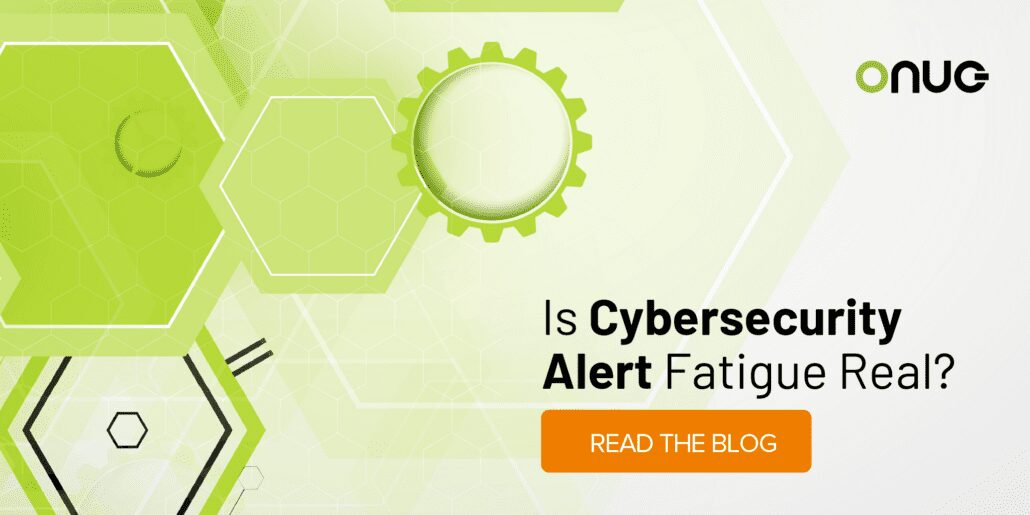The Evolution of Tech Eras: Internet, Cloud, and AI—Key Differences and AI’s Resurgent Drive
In a recent interview with Chris Drumgoole, President of DXC Technology’s operating unit and former Global CIO at GE, Nick Lippis of ONUG explored the transformative shifts across the internet, cloud, and AI eras. These technological epochs, while interconnected, differ significantly in deployment dynamics, cultural impact, and operational challenges. Here are five key areas of distinction and an analysis of why AI’s adoption mirrors the internet era, accelerating its rollout and challenging IT teams to adapt rapidly. Speed of Adoption: The internet era emerged organically,…
ONUG Social Compact: Building Trust and Collaboration in the IT Community
In today’s rapidly evolving digital landscape, the relationship between IT professionals and their networks is pivotal. ONUG stands at the forefront of this dynamic, fostering a unique social compact with its IT professional members. This compact is rooted in trust, agnosticism towards suppliers, and a commitment to the IT consumer community. A Trusted and Supplier-Agnostic Brand ONUG’s primary commitment is to serve as a trusted and supplier-agnostic brand. This principle is central to our operations, ensuring that our members receive unbiased, well-rounded perspectives on the…
ONUG Fall 2023: Record-Breaking Engagement and Pioneering Discussions in Network, Security & Cloud
ONUG Fall 2023, hosted by GSK in the vibrant heart of New York City on October 24th and 25th, concluded with unprecedented success, etching a new milestone in the Conference’s esteemed legacy. The event achieved the largest attendance in ONUG’s history. With attendee registration reaching nearly 1,400, ONUG Fall marked a significant 35% growth from the previous year. This was the 24th iteration of the ONUG Conference, which has now become an essential congregation for networking, security and cloud professionals, thought leaders and innovators across…
The ONUG Journey: A Tale of Relationship Building Over Time
Over the past 11 years, the world of enterprise IT has witnessed rapid changes in terms of technology adoption, innovation, and scalability. A significant force behind these transformations has been the symbiotic relationship between the enterprise IT consumers and suppliers. Since founding ONUG 11 years ago, the ONUG journey offers a fascinating lens through which we can understand these dynamics in greater depth. The Consumer’s Perspective: A Continuous Learning Experience For consumers, the ONUG platform is not just about purchasing solutions. It’s about shared experiences,…
Is Cybersecurity Alert Fatigue Real?
Many ONUG enterprise consumers have shared the toil that their SecOps/DevSecOps teams face daily. “The room” is often overwhelmed by the sheer volume of attacks as well as the tools and playbooks necessary to sort through all of the relevant alerts. What alerts are ACTUALLY relevant? That’s a constant work in progress. This challenge is at the heart of what CSNF offers to not only the Enterprise consumer but also 3rd party security solutions providers. What is CSNF and why NOW is the perfect time…
Cloud Security 101
Managing cloud permissions and configurations As organizations evolve in the cloud, you will find the number of cloud services their teams use and identity permissions that need to be managed increase significantly. These services teams used to build and deliver applications are referred to as assets or resources. Configuring cloud assets, roles, and permissions doesn’t take long to become tedious, time-consuming, and error-prone. The leading causes of security incidents are misconfigurations of assets and over-privileged identities, therefore, it essential to diligently manage these. Discovering cloud…
Run Your SD-WAN Deployment with Network AI
SD-WAN is seemingly taking the enterprise world by storm. The market is big and still growing, with room for at least five major vendors doing a healthy business. And it’s easy to see why. SD-WAN eases a lot of headaches in running a large enterprise WAN. The reliability, redundancy, and security benefits are real. I was tempted to say that SD-WAN “solves” a lot of WAN headaches, and SD-WAN vendors would have you believe this is really true – that it’s a set-and-forget kind of…
Building a Bridge to the Future: A Resilient Approach to Digital Transformation
Rapidly evolving customer expectations, growing market pressures, and overall organizational goals have fueled digital transformation in every industry. It’s projected that by 2025, global spending for transformational efforts is expected to reach $2.8 trillion.[1] Digital transformation is the process of leveraging new technologies, across all areas of an organization, to optimize operations and drive growth by providing new value to customers. Digital transformation evolves the way an organization conducts business, enabling them to transition from outdated processes and legacy equipment with the use of new…
Town Hall Meeting: Who Will Close the Gaps in Hybrid/Multi-Cloud Infrastructure?
The Era of the Cloud has made many pie-in-the-sky promises about more consistent, efficient, and resilient IT infrastructures, and has done an admirable job of meeting much of that potential. But there’s still a gap in what businesses want and need from a hybrid/multi-cloud infrastructure, and the industry’s capabilities to meet those needs. ONUG’s own Nick Lippis sat down with Adam Raymer (Head of Public Cloud Platform Architecture, JP Morgan Chase & Co.) and Shane Stakem (Head of Public Cloud Center of Excellence, JPMorgan Chase…
Looking Ahead to 2022
2021 has been a tremendous year for the ONUG Enterprise Cloud Community of Global 2000 IT business leaders, developers and sponsor members. 2021 broke all attendance records and marked the start of a massive IT enterprise cloud 2022 spending cycle. In 2020 – 2021, ONUG held four digital events attended by well over 13,000 enterprise attendees and built a community that is stronger than ever as we approach our 10-year anniversary and get back to in-person meetings! ONUG is in the most powerful position to…











